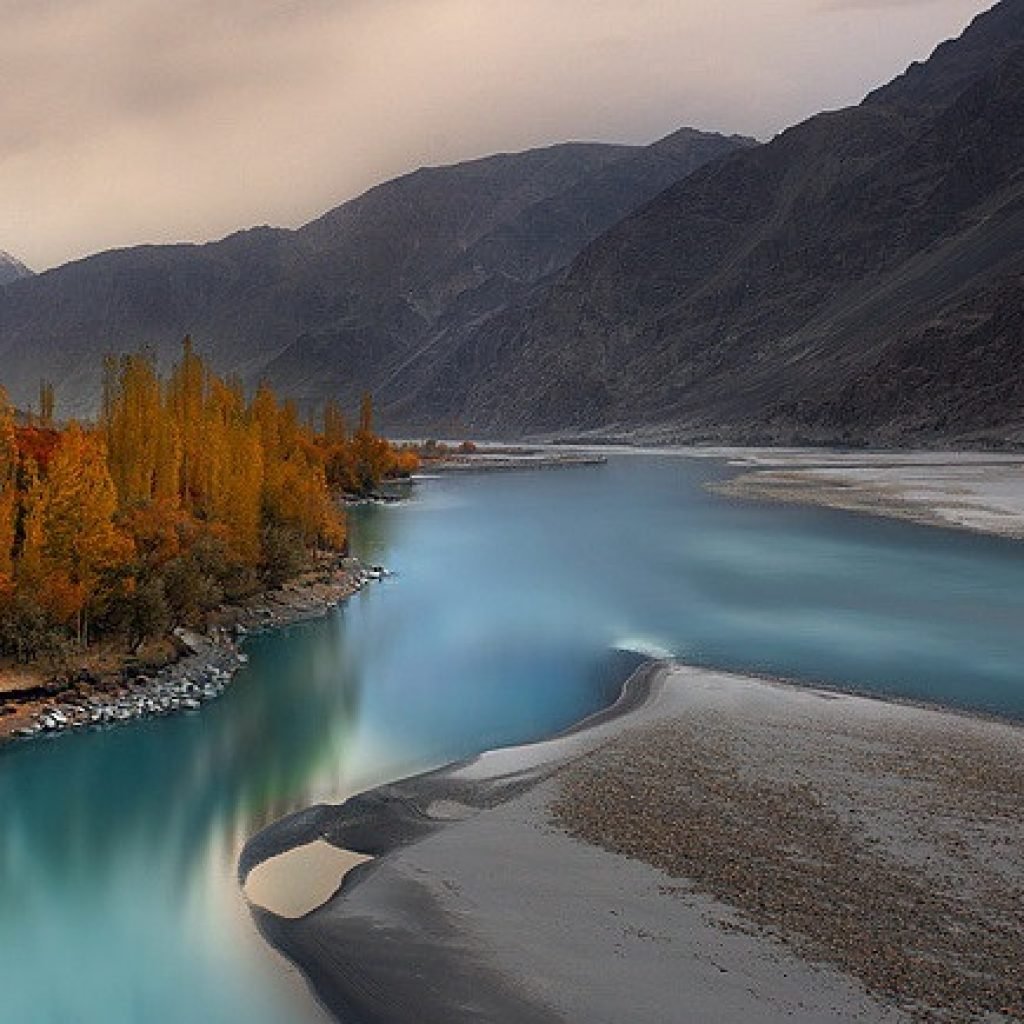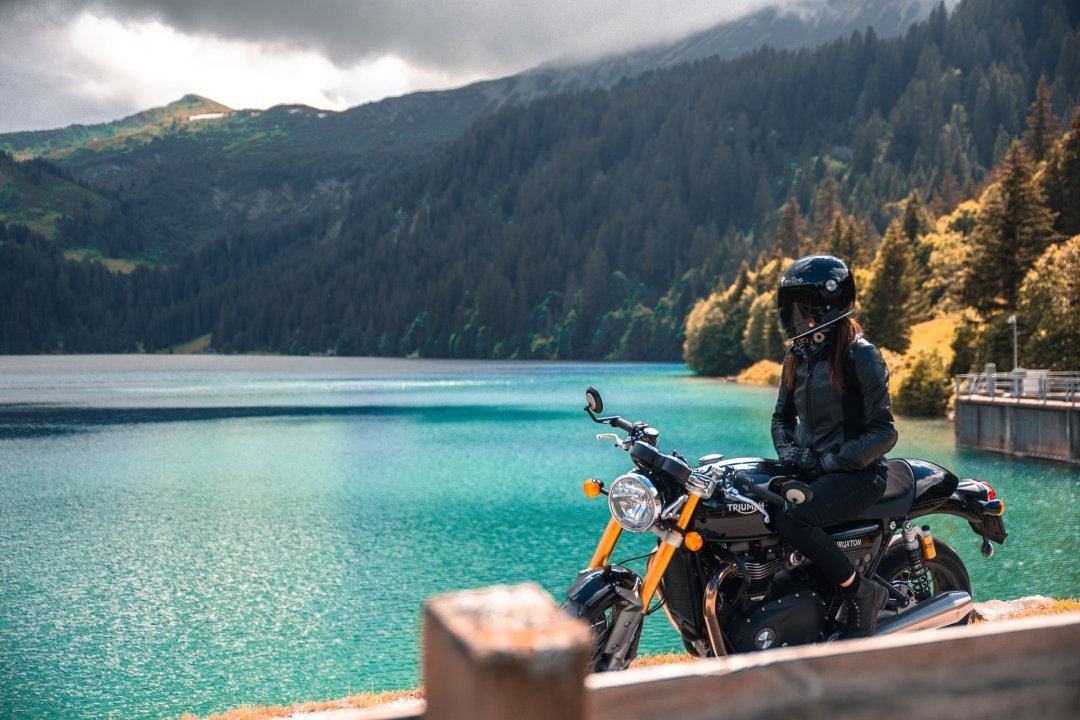There was a wired phone and a phone directory in my childhood home. The phone directory was mostly in my possession and I used to look through it. During that time, I learned about the majority of the new areas. I knew the city codes for all of the major landmarks. When I was asked to write an article about Khaplu, those pleasant memories came flooding back to me and I became nostalgic for my childhood. A drama shoot was held at Khaplu Palace a few years ago. It was also a rewarding experience for me to educate others about its history. Give me an opportunity to give information about Khaplu.
Khaplu is the capital of Ghanche District of Gilgit-Baltistan, located 103 kilometres (64 miles) East of Skardu. Under the Yabgo dynasty, it was the second largest kingdom in old Baltistan, guarding the trade route to Ladakh along the Shyok river.
Khaplu serves as a starting point for trekking into the Hushe valley, which leads to the high peaks of Masherbrum, K-6, K-7 and Chogolisa. Ameer Syed Ali Hamadani founded a 700-year-old masjid in Khaplu, Chaqchan. Ehlie broq, Hanjor, ThoqsiKhar, Kaldaq and the Shyok River are also popular tourist destinations.
Syed Ali Hamdani came in the late 14th century in Khaplu to preach Islam. Masjids and khanqahs named after him can still be found in the region.
The former small kingdom of Khápula is first mentioned in Mirza Haidar’s Tarikh-i-Rashidi, which lists Khaplu as a district of Balti (stan). Khaplu was also well-known in the 17th and 18th centuries for its close political and familial ties with the royal family of neighbouring Ladakh.
Captain Claude Martin Wade, who mentioned “Chl” in an essay in the Journal of the Asiatic Society of Bengal in 1835, was most likely the first European to visit Khaplu. William Moorcroft and George Trebeck wrote in their book in 1841, “Kafalun is a province West of Nobra, on the left bank of the Shayuk.” Godfrey Vigne visited in 1835-1838.
Thomas Thomson travelled to Khaplu in November 1847 and described it as a place of remarkable beauty. Jane Duncan stayed in Khaplu for three weeks in 1904. When De Filippi arrived in Khaplu in 1913, he sat is perhaps the loveliest oasis in all the region.” Arthur Neve’s travel report contained additional information on Khaplu. Another fortress was in Haldi, in eastern Hushe/Saltoro Tal.
Regardless of Skardu or Shigar, the territory of Khaplu was divided into three valleys: the current town of Khaplu, the Thalle river valley and the Hushe/Saltoro valley. Khaplu is the administrative centre of Ghanche, including Balghar and Daghoni.
For mountaineers, Khaplu is the gateway to Masherbrum Peak, Masherbrum Glacier, K-7, K-6 and Chogolisa, Gondogoro La, Gondogoro Peak, Saraksa Glacier, Aling Glacier, Machlu Broq, Thally La, Daholi lake, Kharfaq lake, Ghanche pake and Bara lake. Rafting on the Shyok River is available. Biamari Thoqsikhar and DowoKraming (hot spring) are rock climbing locations.
Raja Palace is a stunning Tibetan-style palace. Mir Mukhtar Akhyar designed Khaplu Khanqah, which was completed in 1712 AD/1124 AH.
The great Khanqa and Chaqchan Masjid are the most important religious monuments in Khaplu. Sayyed Mohammad, a saint, built the former in 1712. His Astana is near Khaplu, having been restored by the Aga Khan Trust.
The main road into Khaplu connects to the Skardu valley. Other roads connect the valley to Kashmir, Ladakh and Yarqand.
An all-weather road once connected Khaplu to Drass, a Ladakh city. The road has been closed since Gilgit-Baltistan joined Pakistan. However, you can find helipads over there.
If you are planning a trip to the magnificent Khaplu valley to explore its cultural heritage, history and natural beauty, please contact us for a pleasant tour experience. We will do our best to assist you in gathering treasured memories.
Author: Fehmeeda Farid Khan




